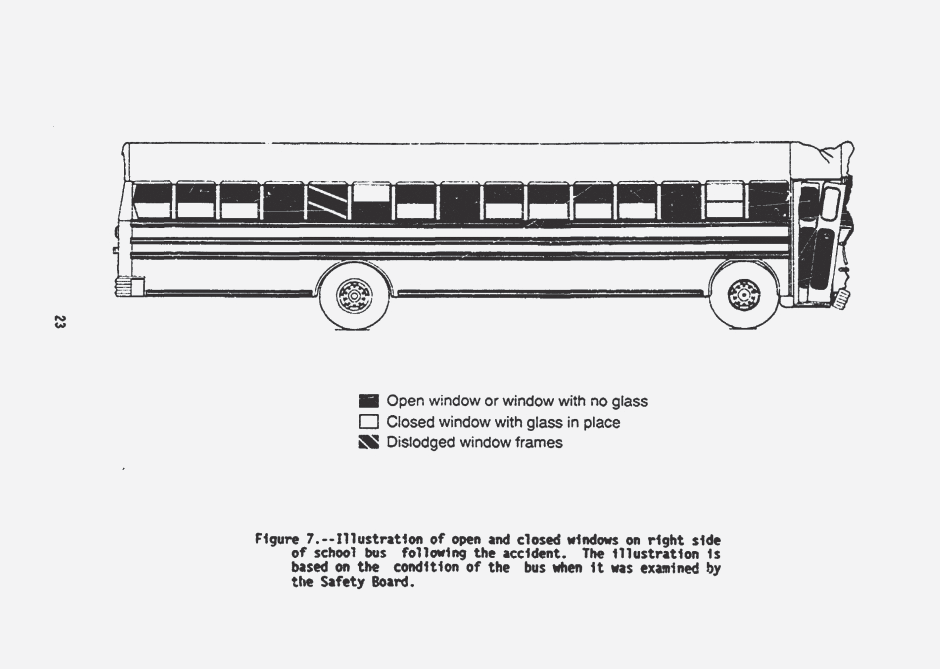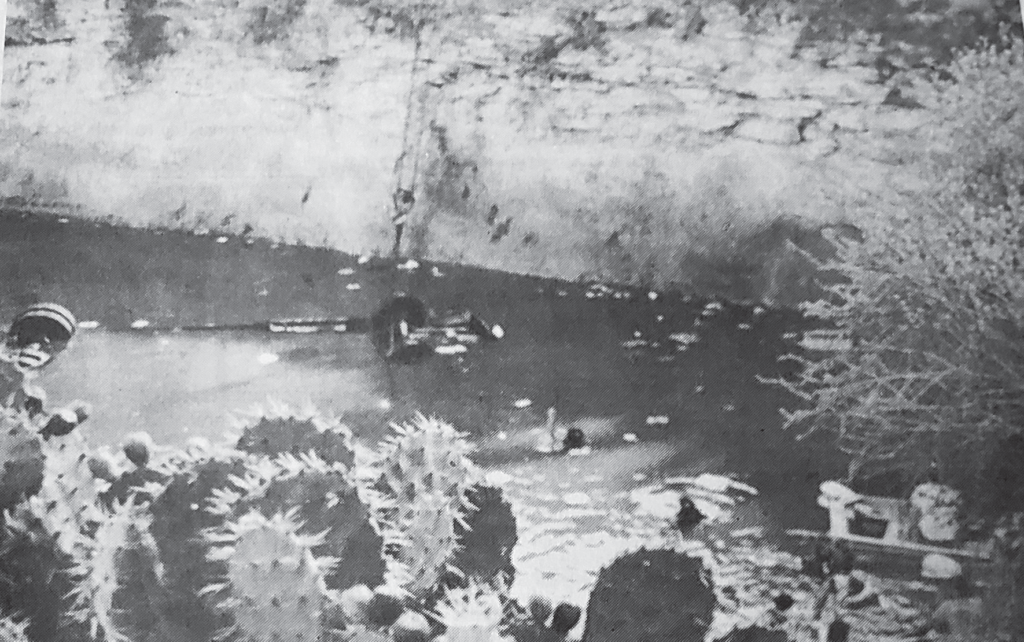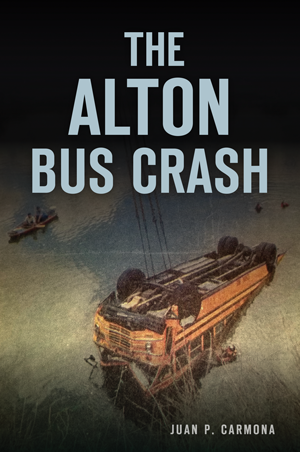
Tragedy in the Rio Grande Valley
Tragedy struck in Alton, Texas, on September 21, 1989 when twenty-one students, on their way to school, died when a delivery truck collided with their school bus, spinning it into an excavation pit filled with water.

Accident
On the morning of September 21, 1989, a north-bound delivery truck blew through a stop sign, hitting a west-bound school bus on its rear-left side, and pushing it off the road. The bus, filled with children, crashed into an adjacent gravel pit, and became submerged in over 10 feet of water. Even though the open site was a well-known hazard, there were no fences or barriers. In the water, the eighty-one passengers fought to escape from the bus that was quickly filling with dirty water. Some found the rear emergency exit, others were able to open the sliding windows, some helped classmates. Twenty perished that morning, and another child died after the accident from their injuries.

“Everyone was screaming as the bus headed into the caliche pit which we all knew was full of water. As the bus was falling, I looked at the bus driver and saw his face had turned white.” – Survivor Edna Ortiz

Aftermath
The National Traffic Safety Board collected information on the crash, which would provide the evidence in the liability case. Lawyers descended on the small town, but many of these families were overwhelmed with offers from strangers, after experiencing the worst personal calamity of their lives. The delivery truck driver was indicted with twenty-one counts of involuntary manslaughter, but pleaded not guilty to all charges and was released on $75,000 bond. The criminal case ended in an acquittal due to lack of probable cause. Civil lawsuits flourished around the accident, but the delivery truck’s owner Valley Coca-Cola paid for funerals, medical expenses, and even psychiatric treatment. There was no coverup, nor dodging of corporate responsibility. Blue Bird Company (the bus’s manufacturer) paid out $23 million in settlements to the victims and families, furthering the claim of the coroner that the accident was survivable if the students had only been able to exit the bus.
”Yet for the people of Alton, the scars and the memories remain, from its exploitation by unscrupulous lawyers to the jealousy and greed. It was a tragedy that compounded exponentially.”
Legacy
State legislators introduced a bill requiring guardrails around any open pits near roadways, and passed it into law in 1991. The new law, enforced by the Texas Railroad Commission, required that companies erect barriers around any open pits, or face fines of $10,000. Bus safety has improved too — buses now have roof and side exits, windows are enlarged, and rear exit doors open regardless of the effects of gravity. And at the memorial site, a cross for each victim stands, allowing the community to keep them in their hearts and minds.


